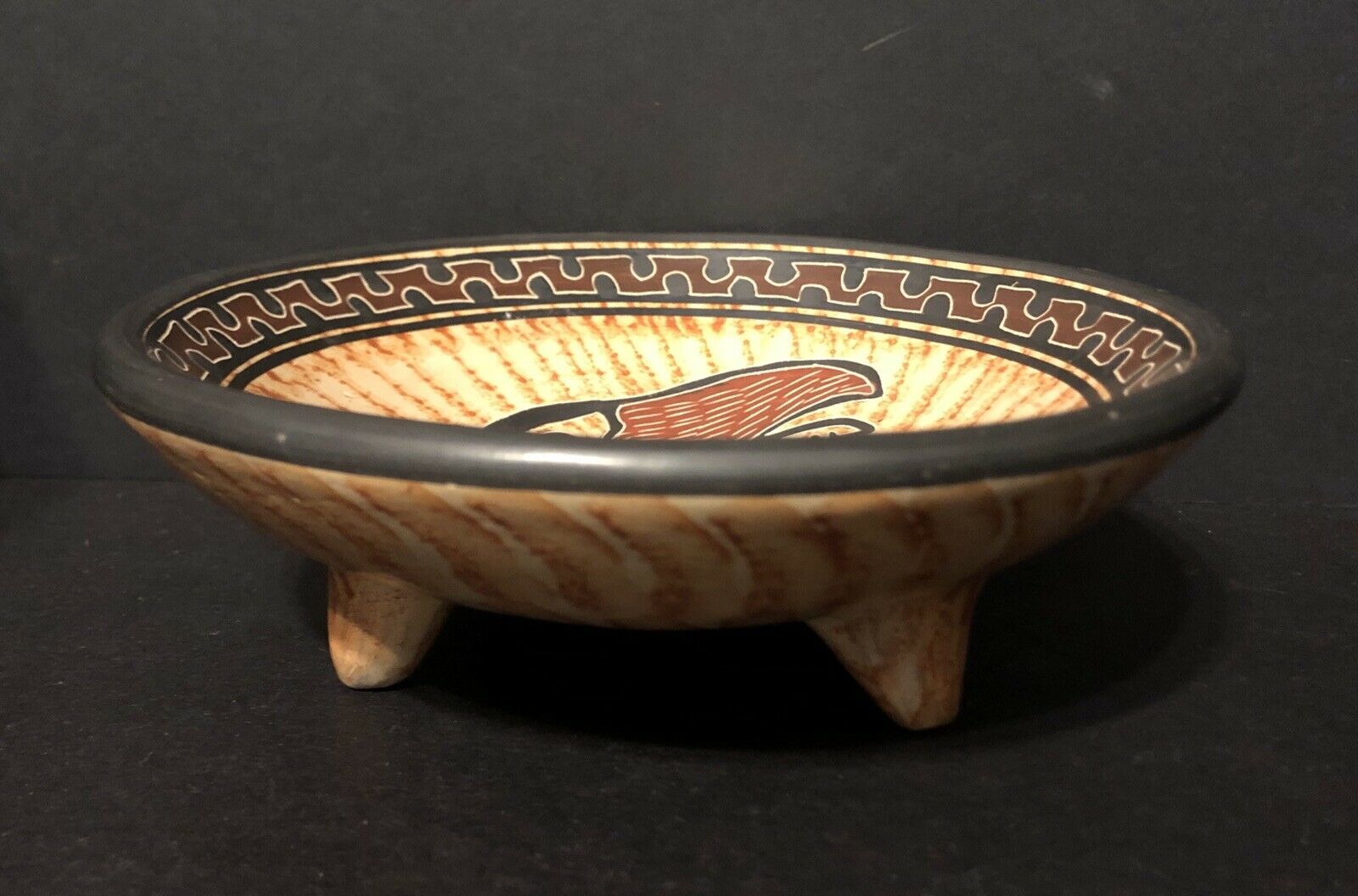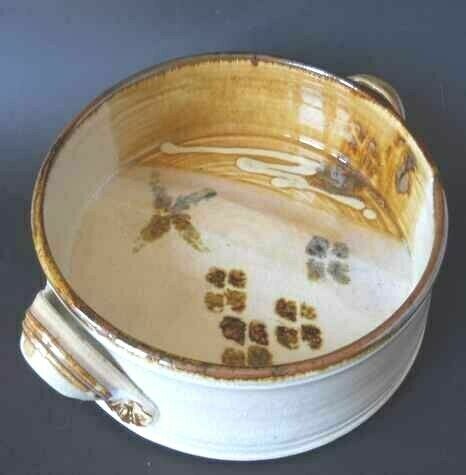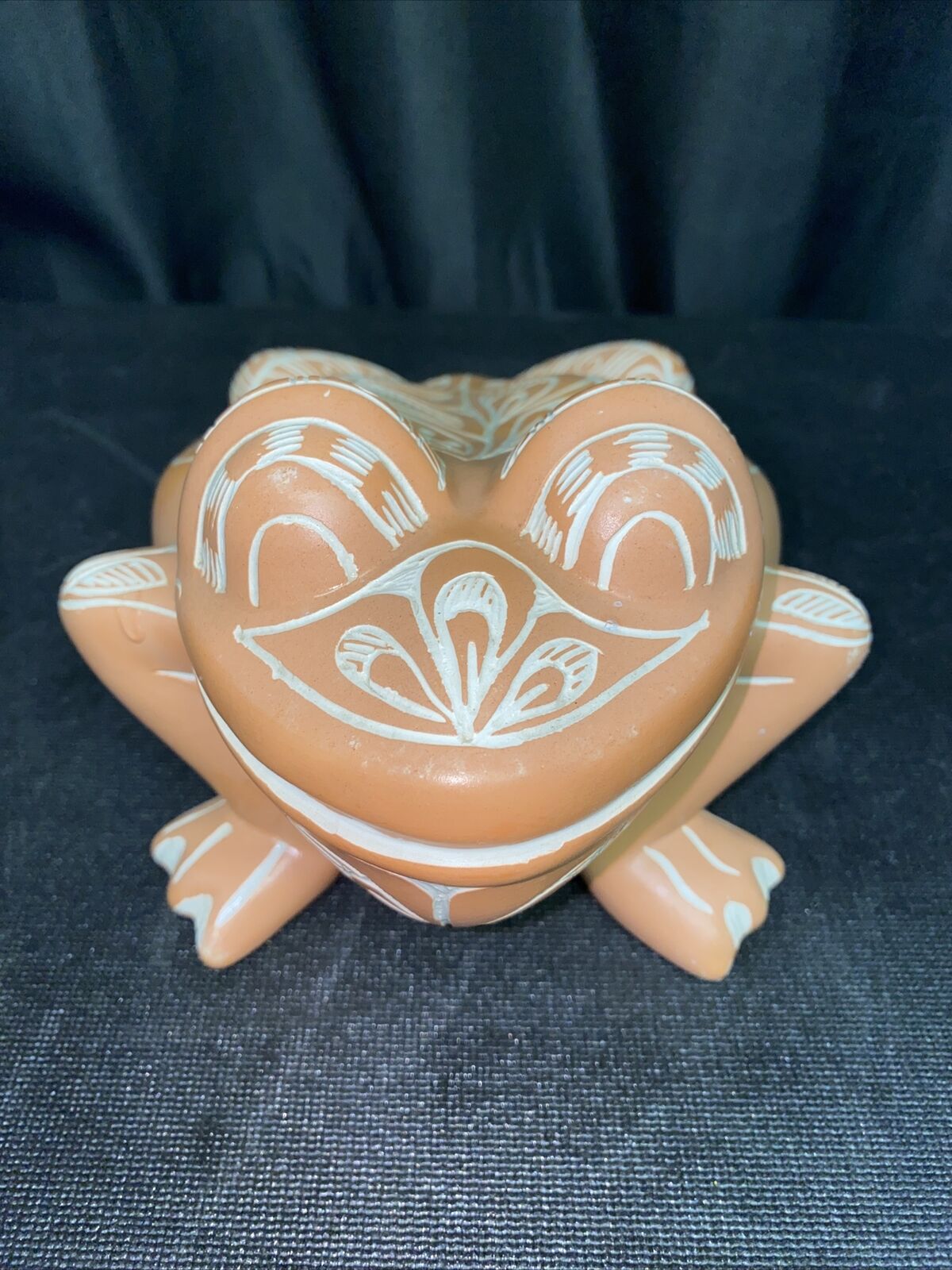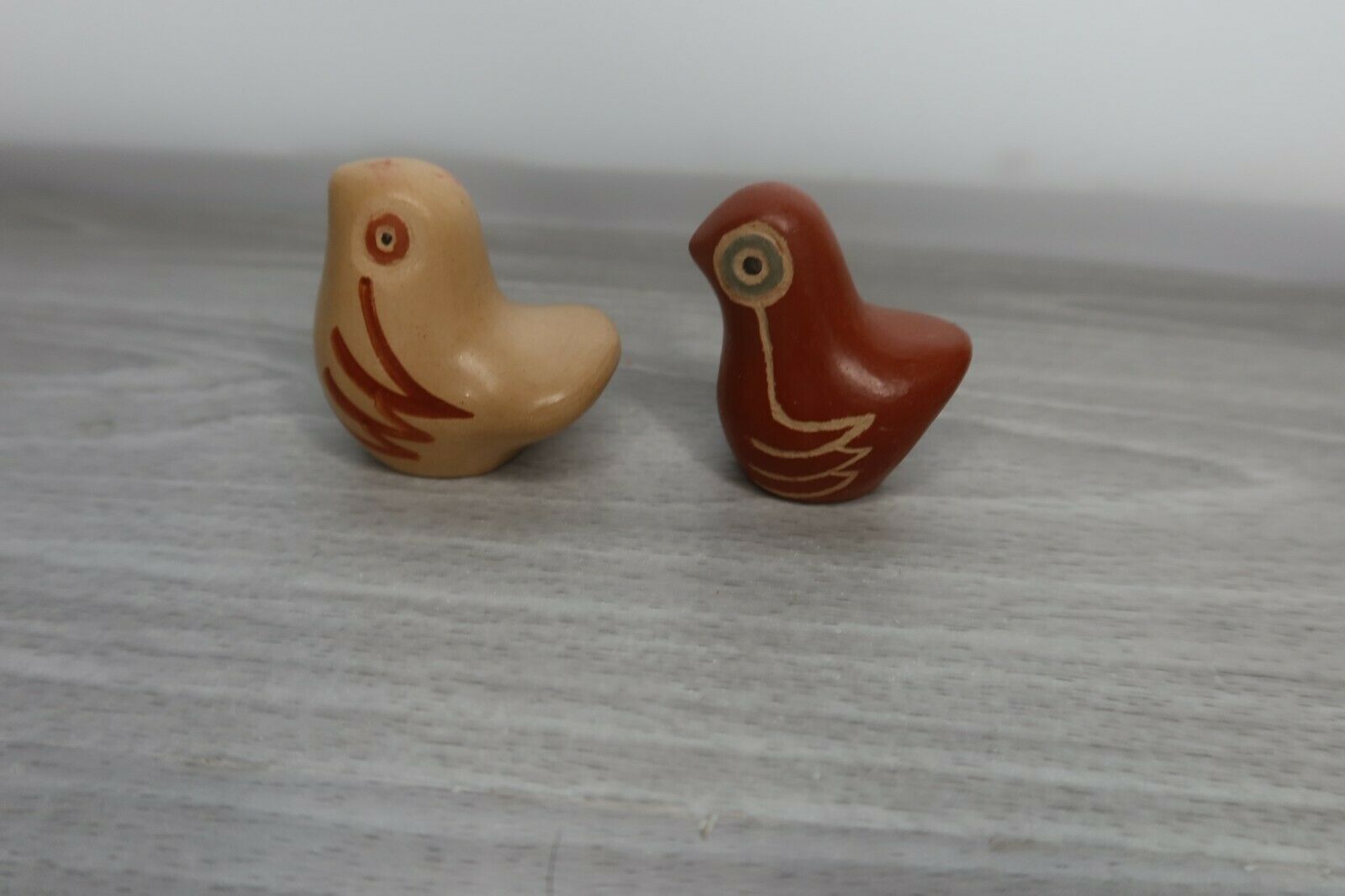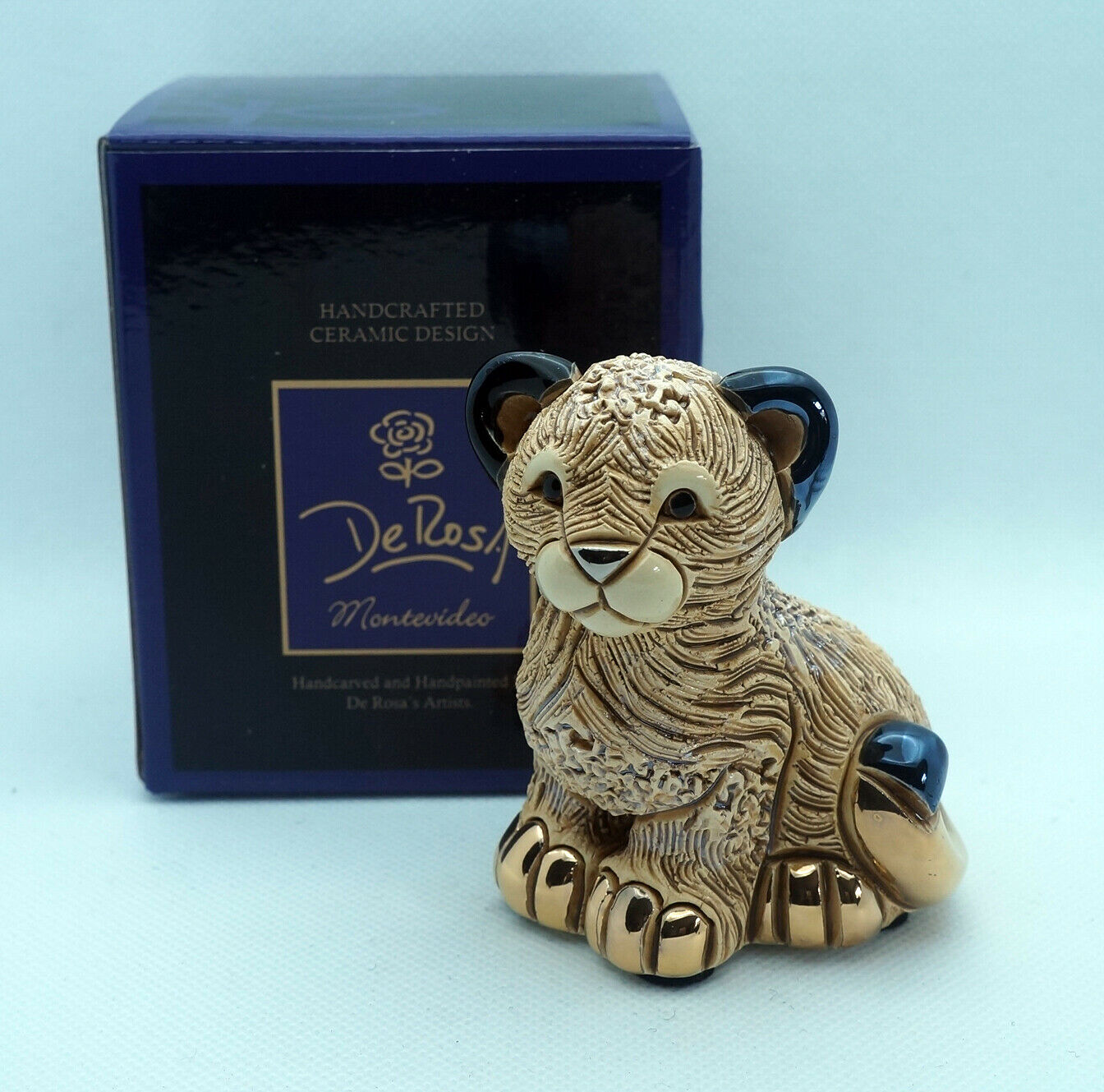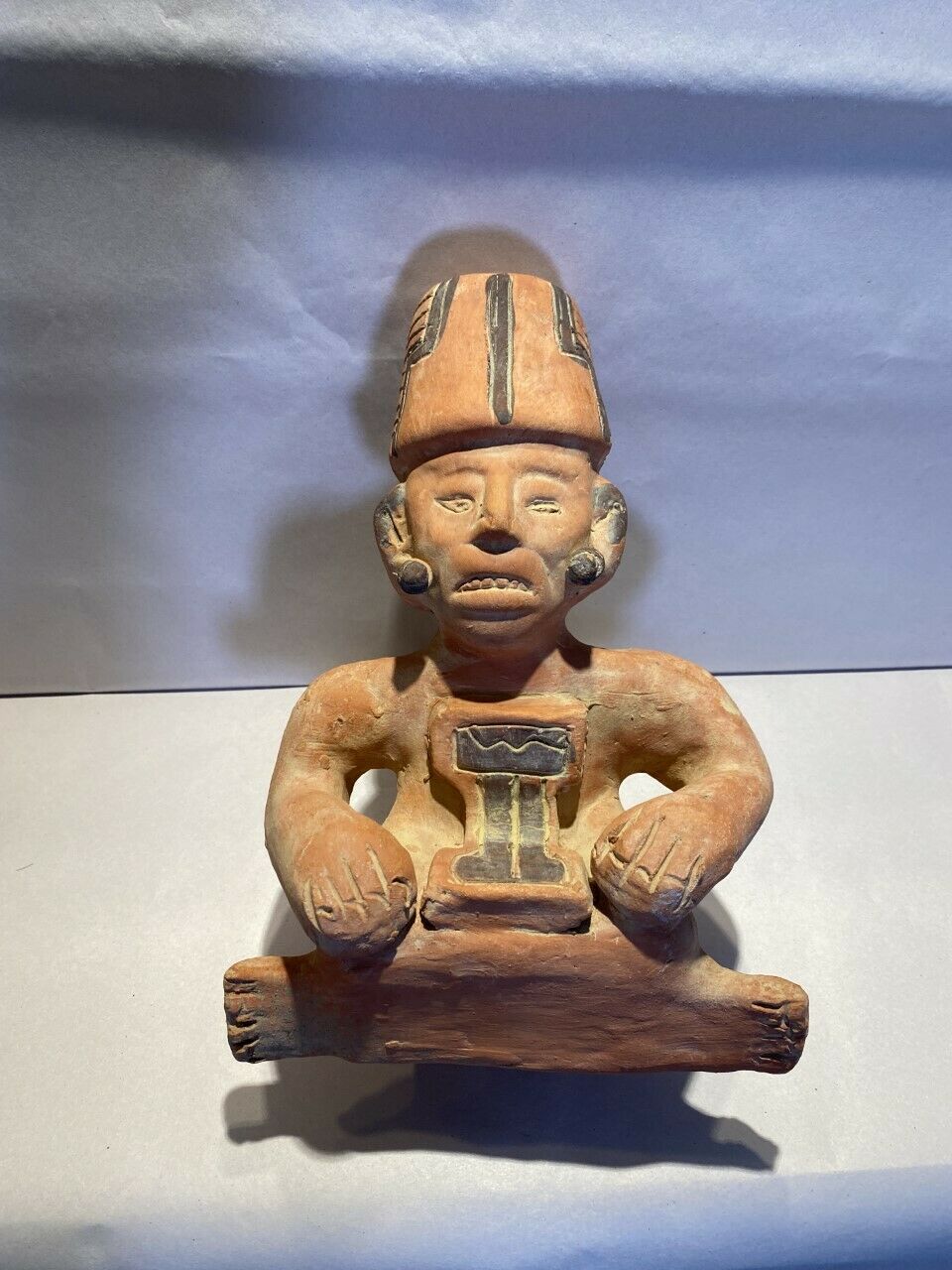-40%
San Vicente Guanacaste Costa Rica 6 1/2" Signed 3-legged Pottery TOUCAN Bowl
$ 13.17
- Description
- Size Guide
Description
This sale is for a3-legged Pottery TOUCAN Bowl from
the
San Vicente Guanacaste region of Costa Rica.
It is 6 1/2" and SIGNED.
It is in good PRE-OWNED condition.
Please look at the PHOTOS, as they are the best description and ask any questions BEFORE purchasing.
THANK YOU for your consideration.
-----------------------------------------------------
"Guaitil and San Vicente are charming quiet Chorotega villages located in the province of Guanacaste, only 30 kms from the city of Nicoya.
The Chorotega are an indigenous group located in the southern part of Mesoamérica and are one of the main indigenous cultures in Costa Rica.
The entire Chorotega region of Guaitil and San Vicente is dedicated to keeping alive the art of transforming clay into beautiful ceramic artwork in traditional pre-Columbian Chorotega style.
As part of Mesoamerican society, Guaitil and San Vicente contain elements and cultural aspects of ancient Maya and Aztec civilizations.
The Chorotega pottery and artwork is engraved with a stamp of authenticity which is their guarantee of quality known as the Denomination of Origin."
"The town of Guaitil, located in San Vicente de Nicoya, Guanacaste, has for more than 5,000 years produced some of the world’s most stunning pottery. Today, residents use the same traditional and ancestral techniques of the Chorotega indigenous groups, a population that emigrated from Mexico to northern Costa Rica around 800 CE.
This process begins with the extraction of materials. The resident artisans bring their carts and shovels to the Rincon de San Vicente to remove the mud, the most basic ingredient. Curiol, the stone that gives rise to colors, can be found in Cerro San Vicente. At the riverside, the place where iguanas lay their eggs, the iguana sand is collected, a crucial component.
Once the materials have been brought home, the process of creation begins. First, the mud is sprayed into a cone shape and passed through a sieve. The iguana sand is then poured into the sifted mud, and water is added to form a paste which can be molded. Finally, the mixture is kicked by the barefoot artisans until a desired texture is reached.
During the next phase, the individual pieces are shaped using a small lathe and the expert hands of the craftsmen. The shapes range from big bowls and vases to ornaments, plates, and even whistles. Once molded into the desired shape, the piece is given the finishing touches with a gourd knife or spoon, then placed under the sun to dry. Once dry, the object is polished smooth.
The curiol – natural mineral stone – is then used to add color. The stone is first pulverized and mixed with water, a process which produces white, red and black “paint.” The pieces are first covered in a white bath, dried and polished once more, and then decorated with colorful designs. For the final step, the pieces are dried in a clay oven from one to 24 hours, depending on the size."






